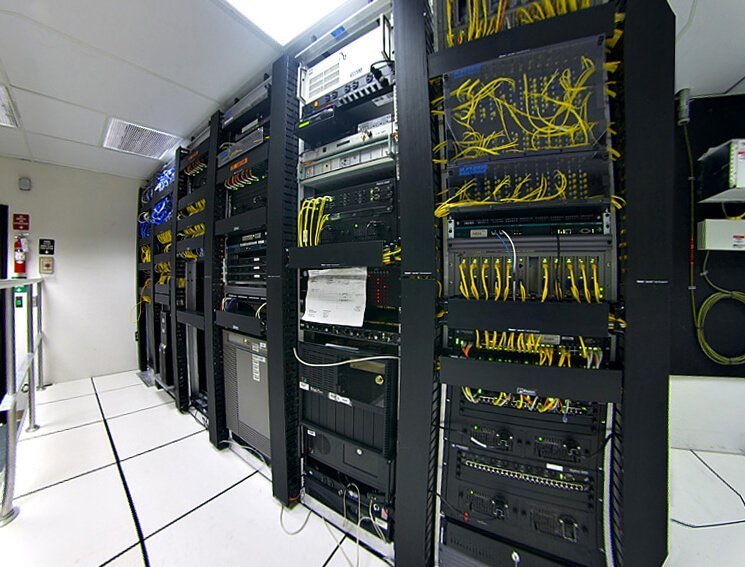Install SSH
$ sudo apt update$ sudo apt upgrade$ sudo apt install openssh-server$ sudo systemctl enable ssh
Create an authorized keys file
$ sudo touch ~/.ssh/authorized_keysCopy over client pub file over and put it into the authorized keys file
$ sudo cat client.pub >> ~/.ssh/authorized_keysThen install webmin – How to install webmin
Webserver Section
$ sudo apt install tasksel$ sudo tasksel install lamp-server$ sudo apt install php-curl php-gd php-mbstring php-xml php-xmlrpc
More read this – Step by step how to setup Web server
Beside web server, you can run many server services using Linux, and most of the software on Linux is open source, which means if you need a software, you can issue a command to get the software, and you will up and running in 5 mins. For example, I need an openVPN server just follow the following steps.
OpenVPN install script – Github repo
$ cd ~$ sudo curl -O https://raw.githubusercontent.com/Angristan/openvpn-install/master/openvpn-install.sh$ sudo chmod +x openvpn-install.sh$ sudo ./openvpn-install.sh
Follow the steps and you will have an openVPN server running.
To change the server hostname
$ sudo hostnamectl set-hostname newnameEdit this conf file
$ sudo nano /etc/cloud/cloud.cfgChange
preserve_hostname: false
To
preserve_hostname: true
Encryption off for VNC server connect with windows machine locally
$ sudo gsettings set org.gnome.Vino require-encryption falseInstall dcong-tools
$ sudo apt-get install dconf-toolsgo to org->gnome->desktop->remote-accessand toggle the require-encryption to disable encryption
Glances monitor tool
$ curl -L https://raw.githubusercontent.com/nicolargo/glancesautoinstall/master/install.sh | sudo /bin/bashOR
$ wget -O- https://raw.githubusercontent.com/nicolargo/glancesautoinstall/master/install.sh | sudo /bin/bashManual Installation
$ sudo apt-get install python-pip build-essential python-dev lm-sensors$ sudo pip install psutil logutils bottle batinfo https://bitbucket.org/gleb_zhulik/py3sensors/get/tip.tar.gz zeroconf netifaces pymdstat influxdb elasticsearch potsdb statsd pystache docker-py pysnmp pika py-cpuinfo bernhard$ sudo pip install glances
When Glances is running, you can press some special keys to give commands to it:
c: Sort processes by CPU% m: Sort processes by MEM% p: Sort processes by name i: Sort processes by IO Rate d: Show/hide disk I/O stats f: Show/hide file system stats n: Show/hide network stats s: Show/hide sensors stats b: Bit/s or Byte/s for network IO w: Delete warning logs x: Delete warning and critical logs 1: Global CPU or Per Core stats h: Show/hide this help message q: Quit (Esc and Ctrl-C also work) l: Show/hide log messages
Ubuntu Desktop Quick Look
sudo apt install gnome-sushi
Use .htaccess file to limite access
order deny,allow deny from all allow from IP.IP.IP.IP
Show date on gnome top bar
gsettings set org.gnome.desktop.interface clock-show-date true
gsettings set org.gnome.desktop.interface clock-show-seconds true
or use dconf-editor
sudo apt install dconf-editor
Show system version
$ lsb_release -a






